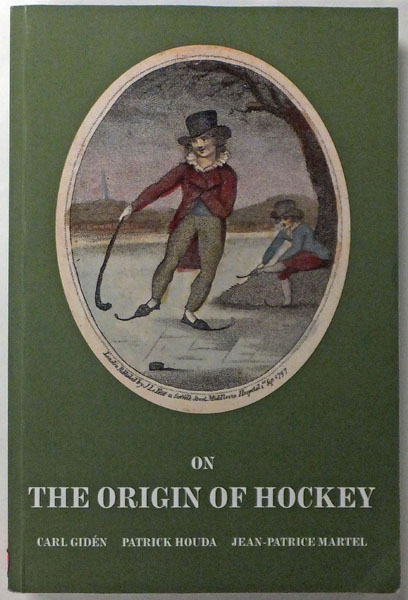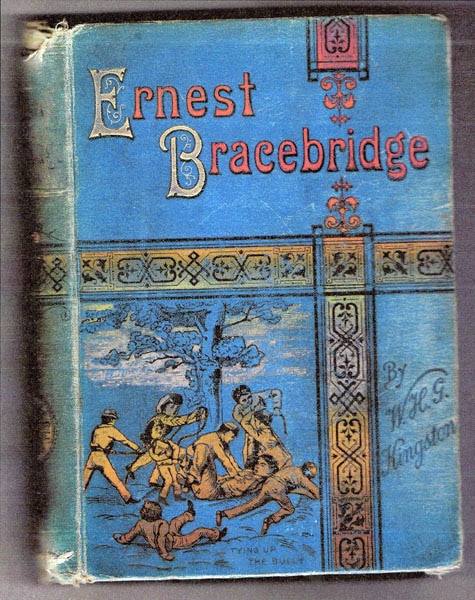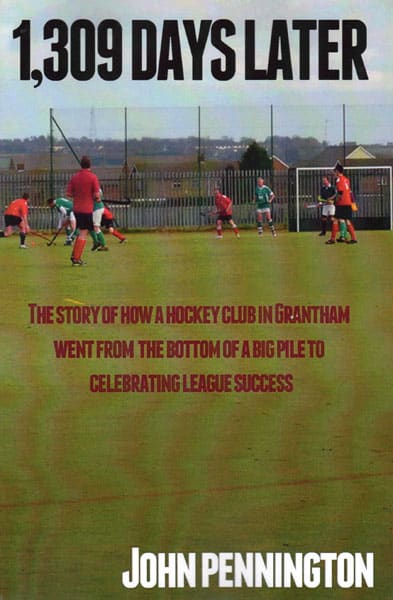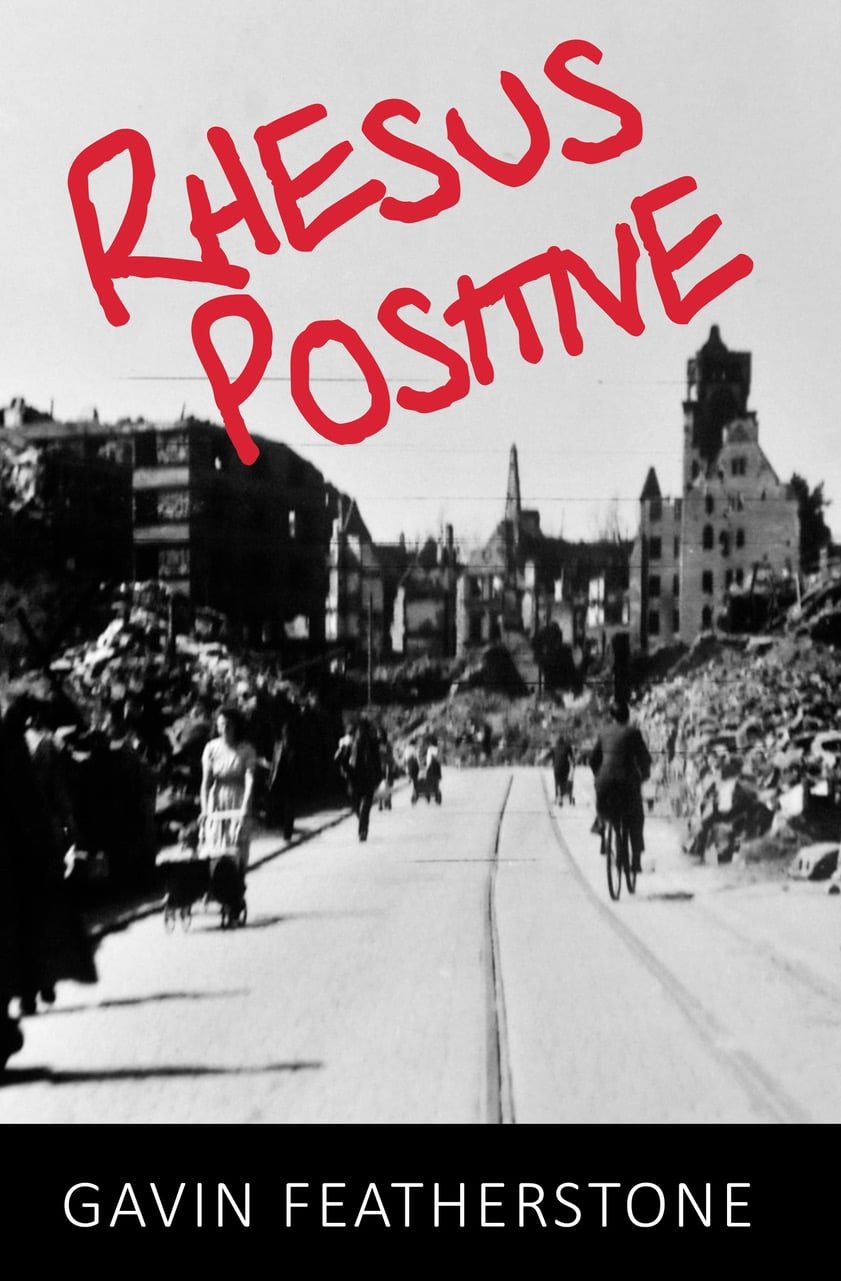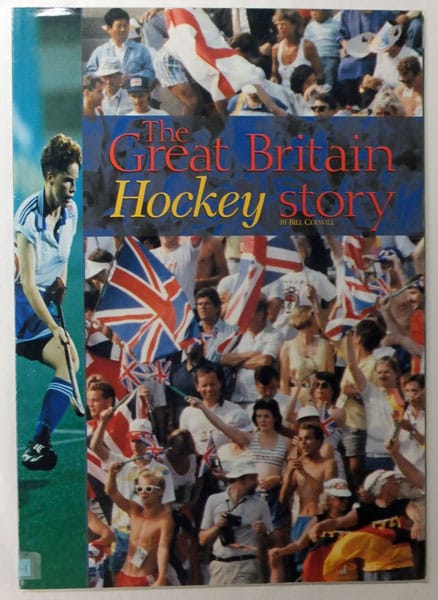This work by three members of The Society for International Research reflects years of patient study into the great game we generically refer to as hockey. Academic it certainly is, but do not let that phase you at all, because On The Origin Of Hockey possesses a multitude of gems and surprises, and is a source for great reading entertainment.
At first I was rather daunted by the prospect of tackling such scholarship and historical detail. The reader must never neglect that, of its 268 pages, 38 are devoted to chapter notes and references which offer even further enlightenment on the subject matter. The book undoubtedly carries the contribution of a triumvirate of experienced analysts, intent on delving into journalistic areas where no one else dared to tread, and those areas cover a timespan of over 200 years.
The authors preface this edition with the motivation of discovering the truth and attempting to define the early and developing stages of the sport that was to be broadly termed hockey. Quotes and references from Charles Darwin, Eton College and even on to royalty permeate the struggle to establish where the origin of the hockey species lies. Suffice to say, before this outstanding work, the mere mortals of hockey folk really have been totally in the dark as to how the game evolved from a hit-about with initial walking sticks to a sport destined for huge ice rinks – and AstroTurf stadia!
The reader, in approaching this book, must have an open mind to the term hockey and remember that On The Origin Of Hockey was written by two Swedish gentlemen and a French-Canadian brought out of the deep freeze of six month winters! They do, however, accept the fact that hockey evolved from primarily English roots of fenland and metropolitan experimentation as the annual nine months of ‘field’ hockey gave way to a perilously inconsistent winter time of “hockey on the ice”. Their combined journey in this book attempts to underline the juxtaposition and interaction of the various forms of hockey as it mutated into the beginnings of ice hockey.
Some of the early terms for hockey’s name were hilarious: bandy, hocquei, shinty and the delicious break-shins! Equally, with further research to its name, the authors made a reassuring case for the modern Bacchanalian player in proving the link between the frothy brew and the actual name, hockey:
“In 18th century England the good supply of these types of beers led to the word of hockey becoming associated with drunkenness!”
The historical debate continues throughout the book in how hockey moved towards a more organised pursuit with the advent of those limiting factors, rules. As of all things Victorian, the game’s core values were superseded by the quest for violence and skulduggery with an ever threatening weapon and a progressively harder ball. Inevitably, until later in the century, there was no room for women. Even spectating took its injury toll.
From London schools via military academies to service overseas, the embryonic game was taken to Canada, climatically ripe for the version on ice. Not unknown to the Dominion in its earlier forms on ground and ice, Canada soon moulded hockey into its national identity, even though the first organised ice hockey tournament in Montreal in 1875 took the (field) rules of the Hockey Association of England.
For academics and hockey practitioners of all types, stay with this excellent book that can easily lay claim to be the authoritative work on the origins of the sport of hockey.
This book is available to buy now from online retailers including Amazon (ISBN 978-0993799808).
Editor: the opinions presented in this article are those of the individual assigned to review this particular book. They do not represent the views of The Hockey Museum.

